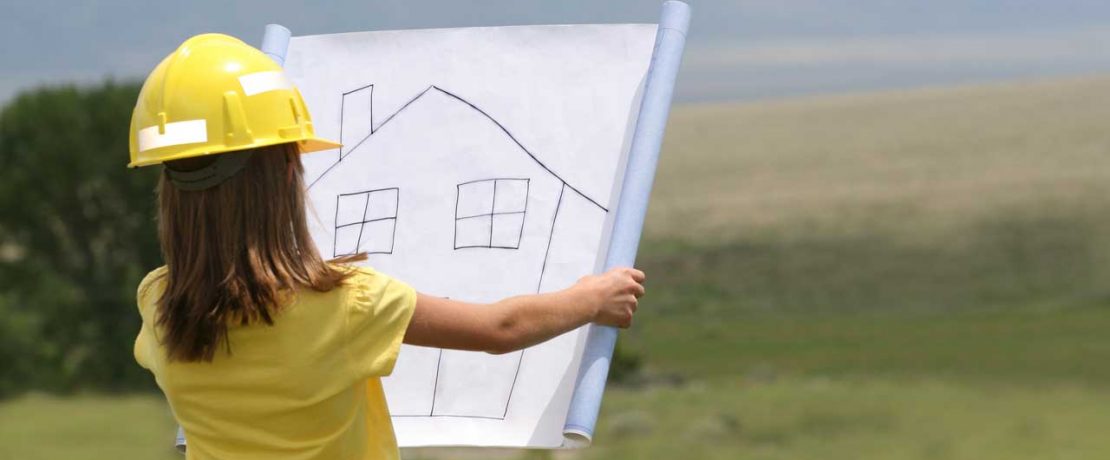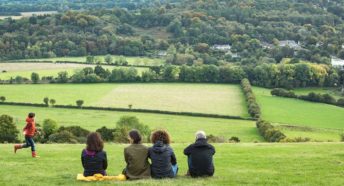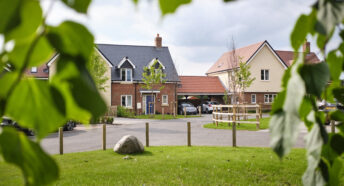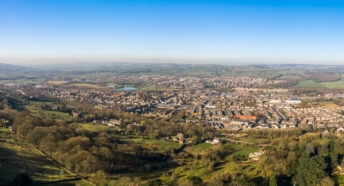Planning: the toolbox for a thriving countryside
Puzzled by planning or lost in local applications? We’re here to help. Here’s our one-stop shop guide to all things planning, from its history and origins, to what it means for us today.
What do we mean by ‘planning’?
When we talk about planning here, we’re thinking of the set of systems – a toolbox – that contains the rules, guidelines and democratic processes that help us to plan for and manage how we use the land we live on. This helps us all ensure that our current and future housing, development and property needs are properly met.
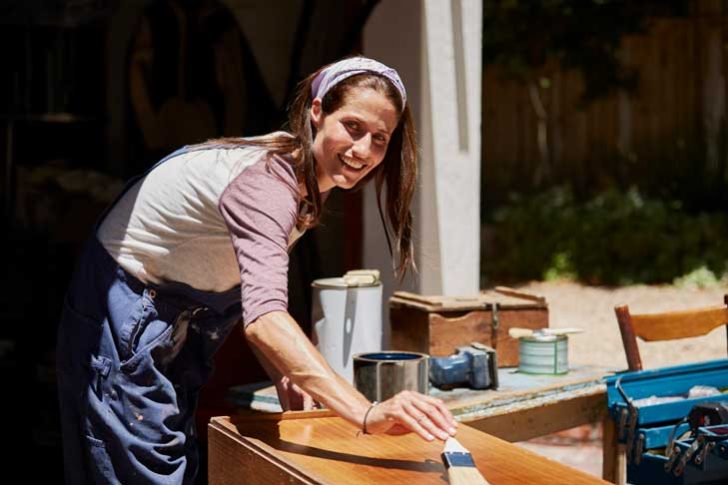
At first, this might all sound a little… dry. But wait, don’t run away just yet!
Planning literally shapes our everyday lives. It gives us all ways to decide what shape we want our lives to be. Think about where you sleep, eat, work, spend time with other people, enjoy nature and outdoor spaces, learn, access goods and services, travel, dispose of your waste…
How well do these places work together? Do they meet your needs and those of our communities? Are some of them in danger, or waiting for a new purpose? This is where the planning toolbox comes in.
We need its tools to secure, protect and improve the ‘wheres’ of our daily lives and those of future generations.
Where did this all come from?
Planning came about when we realised what happens to our land and our communities if we don’t control what gets built and where. Think late 19th century to early 20th century, thriving industrialisation, booming urban growth and laissez-faire economics.
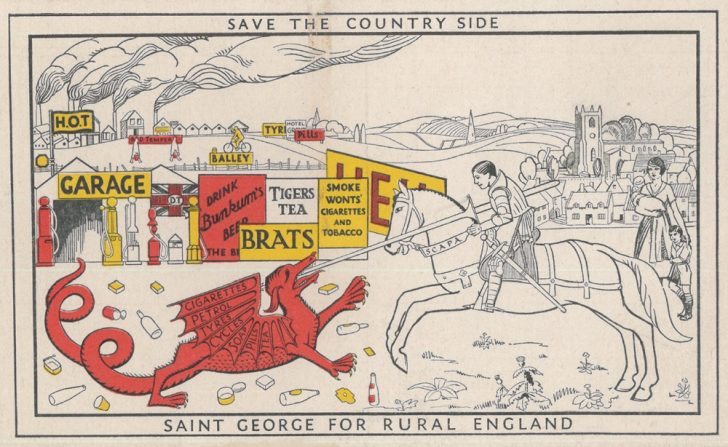
The way land was used back then created strong social and economic inequalities and serious public health issues. The rise of the motorised omnibus and private cars also facilitated access to the countryside like never before, which reinforced the drive for uncontrolled urban sprawl away from pre-existing towns and villages, with miles and miles of houses unrolling like a ribbon along the roadside (hence the name ‘ribbon development’).
CPRE was born in 1926 to this very context. From the very start, we had a core mission of protecting our valued open land and encouraging the ‘right’ type of development – meaning that its location, nature and quality meet communities’ needs for the long term.
In campaigning to deliver this mission, CPRE was strongly involved in the creation of what gave the planning toolbox some of its most essential tools: the 1947 Town and Country Planning Act.
This historic piece of legislation revolutionised how we think of land: not as something which can be used freely to serve the private interests of whoever owns it, but rather as something that directly concerns all citizens and should therefore be placed under the democratic supervision of their elected representatives.
From then onwards, the right to change the way that land is used or to build things on it still depends on getting permission from local planning authorities. To guide them in making such decisions, local authorities were also asked to prepare ‘‘local plans’ that should set out a vision for how to meet the current and future needs of the communities they represent.
The planning toolbox: a user manual
In need of a quick user manual for this toolbox we’re raving about? Let’s see what we can do!
It contains a series of parliament acts and regulations (the ‘hard’ rules of the game), which in turn influence national planning policy (the top-down guidelines that set the tone), which then needs to be taken into account when preparing local or neighbourhood plans (the roadmaps for how to use land locally).
If you only want to remember one thing about planning, it should be local plans. This (usually) single document – that you can find online – tells you where and what can or can’t be built in your local area and why.
As a citizen, you have an opportunity to take part in the preparation of this plan and you don’t want to miss it. This is because once they are adopted, many of the big decisions that will shape the future of your local area have already been made and it will be more difficult to influence them further down the line.

Another key planning tool that you and your community can use to have a say in what gets built where is the opportunity that comes up when your local authority takes a look at the local and wider impacts of new proposals to build something or use land differently.
Your local authority will consider this, alongside more widely reviewing whether the proposal is in line with the local plan, national guidelines and any existing neighbourhood plan (a locally-based tool with which communities can shape the future of their own neighbourhood).
And crucially they’ll also consult with local people, and the comments from this also feed into how they decide whether the negative impacts of the proposal are likely to outweigh its perceived benefits.
Planning for new homes – and so much more
We often hear most about planning in relation to building more housing, and it’s true that a key challenge that the planning rules can help us to tackle is to house us all in homes that fit our needs and preferences – and that we can realistically afford.
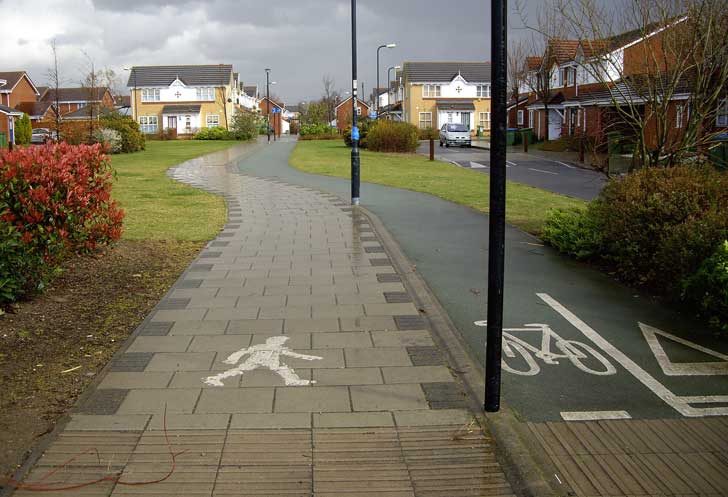
So our planning toolbox can help us to do that, but it can also help us achieve so much more. Planning developments that make it easier to walk and cycle can help us to be more active and significantly improve public health. Planning buildings and land uses that produce lower or zero greenhouse gas emissions and can adapt to the changing climate can make a big difference to the climate emergency. Buildings designed to breathe new life into our town and village centres can boost a thriving economy.
Our land itself is a scarce and fragile resource, and planning tools help us to use it in a more sensible way by prioritising the recycling of land that was previously built on (often called brownfield), and reimagining rural land to make sure people have access to nature and open spaces, clean air and healthy food.
Why the countryside should care
The towns and villages of our countryside need planning just as much as our towns and cities. Just like in bigger urban areas, the people who live in the countryside need homes that they can manageably afford and access to goods, services, healthcare, education – as well as healthier and cleaner modes of transport than just the private car.

Planning also plays an essential role in protecting and enhancing the open land of our countryside and making sure we can all access it. This includes limiting the amount of green space we lose to new buildings by first focusing on land that’s been previously built on and is close to existing settlements.
But it also involves making sure that what gets built around it doesn’t stop our open land from performing its vital functions, such as providing homes for wildlife and limiting climate breakdown. For example, we need planning to effectively control how things are lit and make sure that countryside skies are kept as dark as possible so as not to disrupt sleep for animals – and humans!
Our CPRE land use officer, Philippa, has written a brilliant opinion piece about why a good planning toolbox is so important for the countryside – now more than ever. You can read her piece on our website here.
Planning: a potted timeline of recent changes
The basic principles behind the planning toolbox we use today have been around for a while, but its actual tools have gone through many waves of radical change over the years.
Some big moments that are handy to know about, explaining how we got where we are now, are:
1990
1990 saw a big update to that 1947 Town and Country Planning Act, introducing the principle of a ‘plan-led system’ – a system that really sticks to what local plans suggest unless there are important reasons not to.
2004
Then back in 2004, ‘regional strategies’ were created as a new planning tool to bridge the gap between local and national issues. This can be useful for things that affect more than one local authority but might still be too specific to be dealt with nationally- such as a business polluting air within a local area but that will also cause harm further afield.

2011
In 2011, the government transferred more planning activity to local authorities and their communities. This included the introduction of Neighbourhood Planning, which we touched on above and which you can explore more on the gov.uk website.
Oh, and that big change in 2004 to bring in more regionalised planning? That was scrapped this year, when the new government came in – a good example of the ways that the bodies required to use these rules have had to adjust, readjust, and adjust again to a medley of sometimes dramatic changes.
2012
And on we go! A year later, in 2012, the government went all-out in its drive to simplify the planning toolbox, replacing a whopping 7000 pages of detailed national guidance used to direct local plans with a single 73-page document: the National Planning Policy Framework (NPPF). Ok, ok, we get it, 73 pages is still a lot to most of us. But it’s become the planner’s Bible!
2013
Hot on the heels of this change, in 2013 it became possible to turn old offices into homes without having to ask permission from the local authority.
This was the start of a shift: from then onwards, the government has continued to loosen rules about the development types that are allowed without needing permission. At CPRE, this sounds alarm bells for us: research shows that cancelling out essential planning tools in this way tends to have very negative results on our quality of life.
As you can probably tell if you’ve heard about them, the government’s 2020 calls to dramatically change the planning system fit right into this trend of changes that users of the planning toolbox have had to adapt to over the years.
It’s been a long time since we realised land is something that affects everyone and needs to be planned for and protected from inappropriate use. For as long as we exist and still have land to live on, this principle will remain just as relevant as it was back in 1947.
So… what now?
The planning toolbox isn’t perfect. Some of its tools need serious sharpening. We did some research in 2020 that showed that 70% of local plans are currently considered ‘out-of-date’ under current national criteria. This isn’t good – it means that too many local communities might not be able to use their most essential tool to control what gets built and where in their area.

And the audit of housing design (that is, the way homes look, feel and work) we conducted with partners also shows that the quality standards that are currently part of the planning toolbox aren’t working well. Too many new homes, especially in rural areas (up to 94%!), should never have been allowed to be built because their designs were mediocre or poor.
And the toolbox isn’t working as well as we need it to for making sure people have access to homes they can actually afford. On current building rates, it’ll take 154 years to clear the backlog on social housing. We and other housing charities have been telling the government for some time that it must build 145,000 truly affordable homes a year to end the housing affordability crisis. And as for where these should be built- well, we’ll keep pushing for that brownfield land that’s now standing disused, like old factories, to be used first. We did the maths and this land alone could provide over a million homes.
What next for planning?
The key to cracking all these challenges? Giving control over what gets built and where back to communities instead of developers. Some ways to do this are by strengthening the local plan systems and improving ways that local people can scrutinise new building ideas.
At CPRE, we want to see time and money focused on the most pressing issues like the climate emergency and the housing affordability crisis – and you’d hope that a government with the public interest in mind would tend to agree. Unfortunately, the most recent proposals would do nothing of the sort.
Instead, these proposed changes would limit the voices of local people and the chances for local communities to effectively protect the environment and deliver truly affordable homes. This is why at CPRE, we’re calling for better, and have been for some time.
You can see what we had to say in a big sector-wide review in 2018 and, to get involved with the live issues right now, why not join us as a member to support our work, or sign up for our newsletters now to keep updated on our campaigning?
